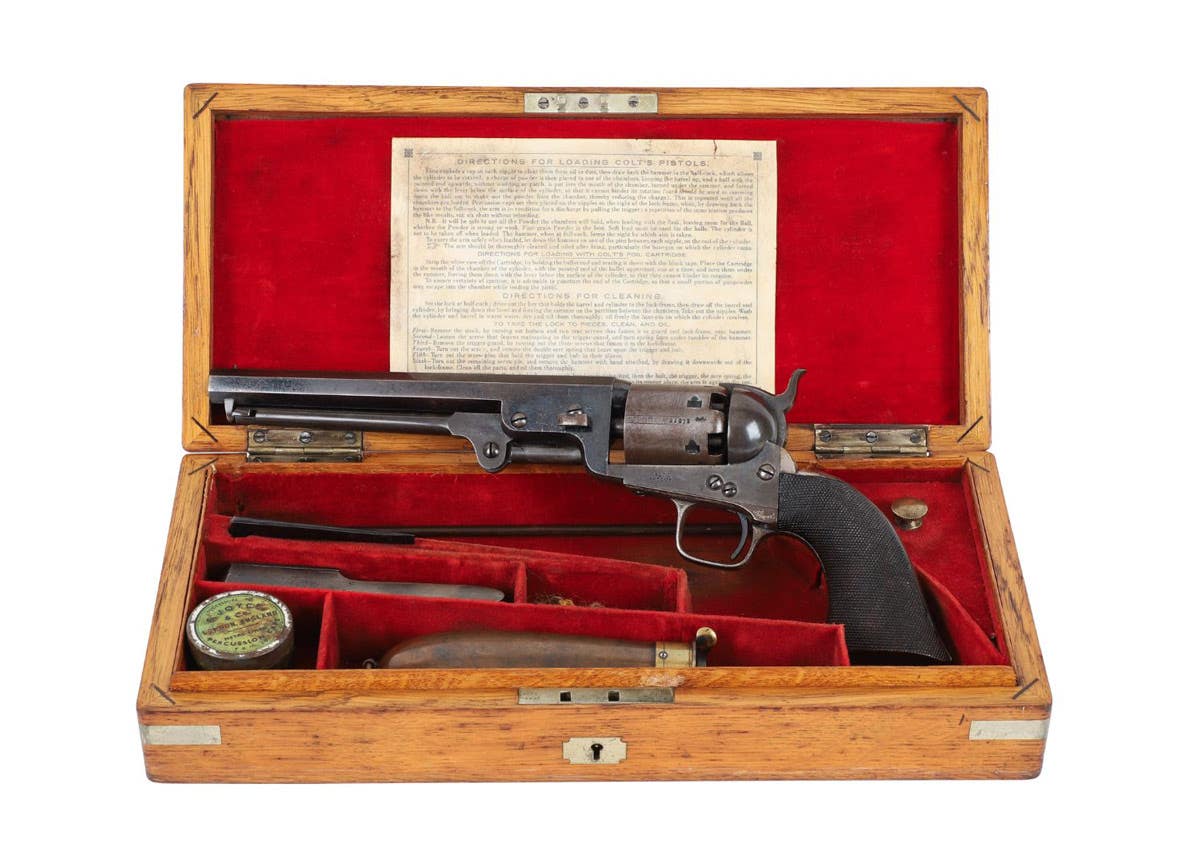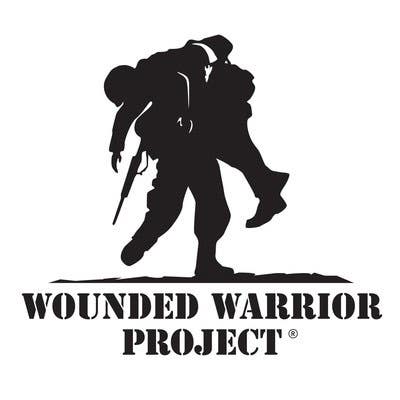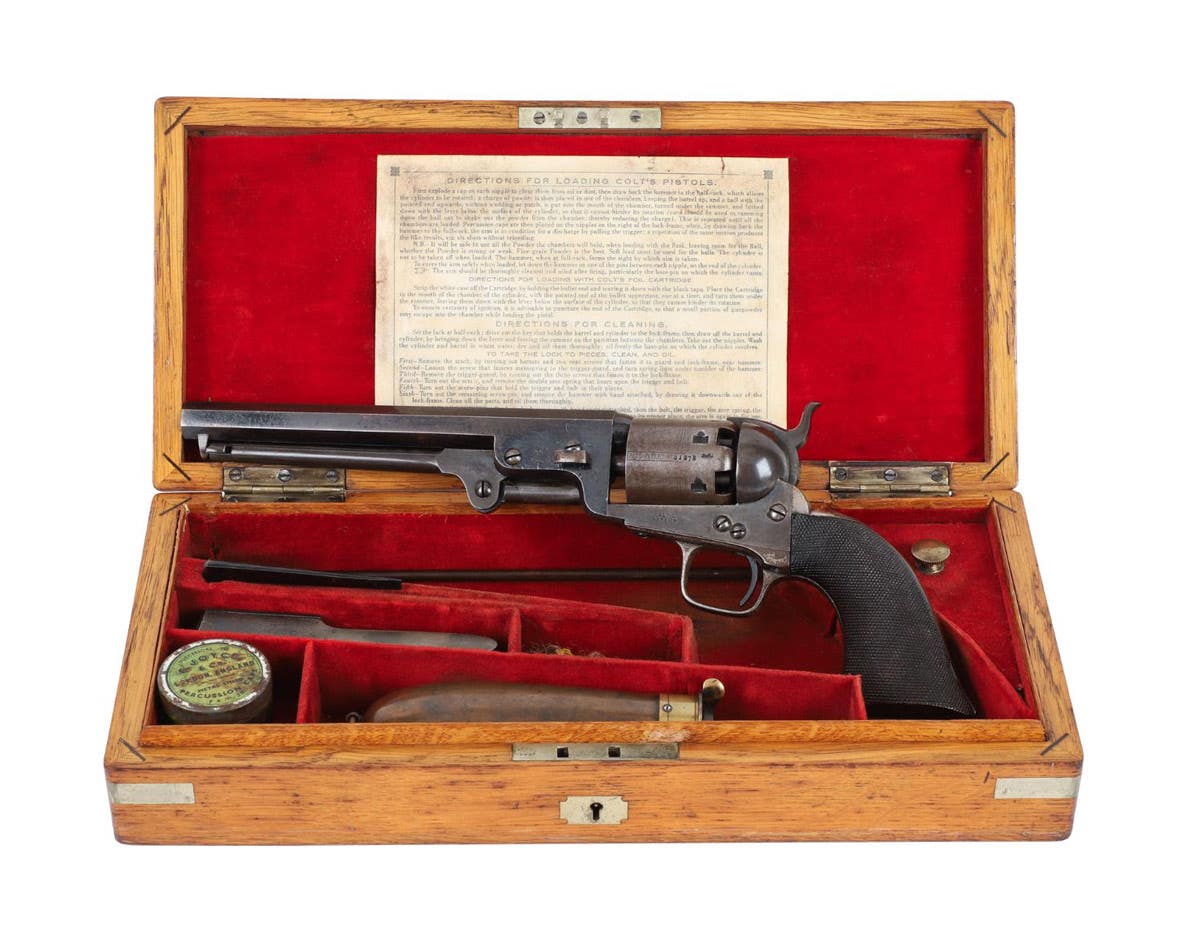Wehrmacht & SS: Caucasian, Muslim, Asian Troops, by J. F. Borsarello and W. Palinckx
To compensate for battlefield losses in the first several years of WWII, the Germans incorporated over a million Osttruppen (Eastern Troops) into the ranks of the Wehrmacht and SS. Sometimes, these troops volunteered for service out of hatred for the Soviet Union. Others were pressed from the ranks of POWs, given a choice between summary execution and volunteering for service.
Wehrmacht & SS: Caucasian, Muslim, Asian Troops, by J. F. Borsarello and W. Palinckx (ISBN 978-2-8404-8219-2, Editions Heimdal, Bayeux, France, distributed in the U.S.A. by Casemate, 1016 Warrior Rd., Suite C, Drexel Hill, PA 19026, phone 610.853.9131, Web site: www.casematepublishing.com. Hardcover, 8-1/2"x 12", 160 pages, 132 black-and-white photos, 43 color photos and illustrations, 12 maps, 2007, $39.95).
To compensate for battlefield losses in the first several years of WWII, the Germans incorporated over a million Osttruppen (Eastern Troops) into the ranks of the Wehrmacht and SS. Sometimes, these troops volunteered for service out of hatred for the Soviet Union. Others were pressed from the ranks of POWs, given a choice between summary execution and volunteering for service.
This publication, featuring a dual French and English text, deals with the approximately 250,000 non-Slavic Osttruppen in the service of Germany. These included Caucasians, Muslims, Indians, Bosnians, Albanians, and Arabs. It details the legions and units formed from these groups, providing information on recruitment methods, motivation and beliefs, training, and service and combat. Included are many personal accounts and official reports that shed new light on the nature and record of the Osttruppen. There is much emphasis on the role of these troops on the Western Front, particularly France, where they freed up German troops for service on the Eastern Front.
Although this book is not a study of uniforms and equipment, per se, there is much information to be gleaned on those topics from the many wartime photos and color artwork depicting dress, headgear, weapons, rank and unit insignia, medals and decorations, and banners. Those interested in the more exotic military units of the Wehrmacht and SS will find much of interest in this book.—Doug C. Bister







